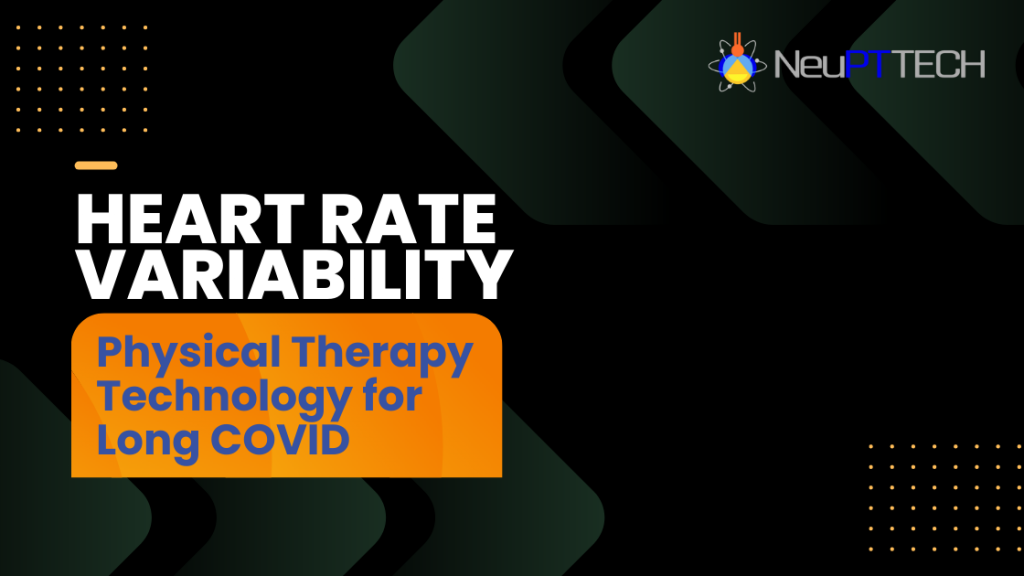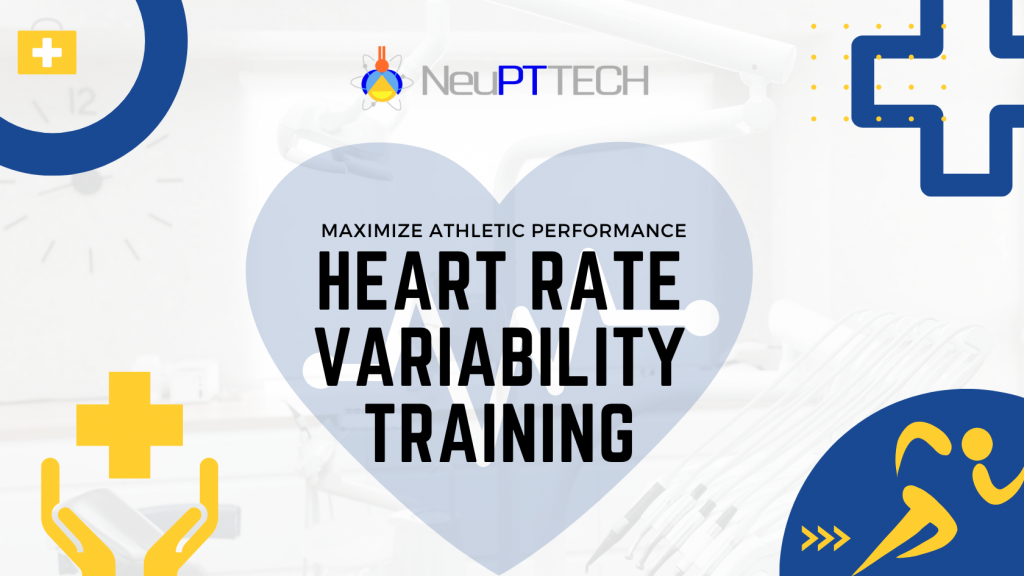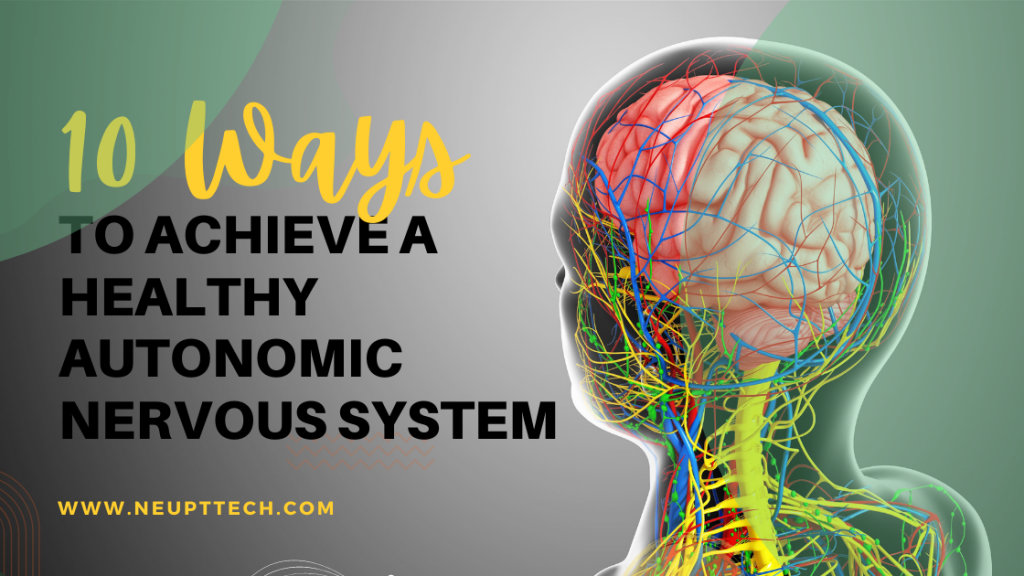
10 Ways to Achieve a Healthy Autonomic Nervous System
Everyone is always looking for ways to stay healthy and be the best version of themselves.
Maybe it’s to stay ahead of a potential cold that shows up right before the big vacation – maybe it’s to increase energy and overall well being – or maybe it’s to release the feelings of stress and anxiety that always seem to be chasing them. For any of these use cases, it starts with the autonomic nervous system (ANS).
As more and more prominent influencers like Joe Rogan and Gary Brecka talk about PEMF technology and its amazing affect on our health, the conversation is happening in the home and the physical therapy clinic on how we can optimize our wellness, starting with our ANS.
Specifically, we will look at how the parasympathetic nervous system (PSNS) side controls essential automatic body processes such as heart rate, metabolism and breathing rate. The better you balance your ANS, specifically improving how your parasympathetic nervous system runs, the better you feel. The resulting relaxation can increase your ability to recover faster.
Find out why more clinicians are using Heart Rate Variability to measure biological age
Most people don’t realize where they can start to regulate and monitor their ANS health. So, how do you hack this internal system to work its best? We can think of ten ways you can regulate stress and improve relaxation by activating your parasympathetic nervous system.
<<SALE: Want a PEMF device for your home or clinic? Our limited time offer has got you covered!>>
10 Ways to Improve Your Parasympathetic Nervous System
1. Manage Your Stress
The primary solution to activating your PSNS is stress management, as stress can directly affect the autonomic process that governs the body. Stress management can vary from person to person, so the primary strategy is to discover what works for you, specifically. How do you prefer to relax? Schedule that into your day. Whether that means running, dancing, reading, or napping – do what works best for you.
2. Try Meditation
Meditation can take on many forms. As a form of light exercise, meditation or yoga can decrease reactivity to stress outside our control and help you decompress. It can help us manage our triggers but also has strong physical properties. Meditation’s effects on your body can include reducing breathing rates, slowing the heart, and decreasing blood pressure.
3. Take Time to Breathe
Similar to meditation, breathing exercises are a key way to activate PSNS responses. Intentional breath control tells the body that things are okay while strengthening your lungs, improving your immune system, and decreasing your heart rate. We recommend inhaling for 5 seconds, holding your breath for 5 seconds and then exhaling for 5 seconds. Do this 10 times.
4. Add Light Exercise to Routines
Intensive exercise can often stimulate the heart rate and might even send you into a stressed state, but light cardio exercises can have a calming effect on the heart as your PSNS kicks in. The trick is to find a balance between heavier and lighter activity to get the heart rate at a balance that allows the PSNS to regulate properly.
5. Regulate Your Nutrition
Good nutrition can help the body maintain a level of fitness while reducing stress. The body can regulate pressure better with fewer stimulants such as caffeine and sugar. A PSNS-supporting diet can be a significant way to contribute to the body’s automatic processes.
6. Add a Daily Probiotic
Probiotics, the nutritional supplements we associate with gut health and yogurt drinks, can cultivate healthy intestinal bacteria and stimulate the nervous system. The guts are one of the most common access points to let the outside world inside the body. What goes in, and the culture of bacteria that lives within each person, can affect other parts of the body.
7. Protect Your Sleep
Sleep is obviously vital to health and recovery. Anyone becomes quickly aware when their sleep schedule is off, or they are suffering from a lack of sleep. During this rest and recovery state, blood flow increases to your muscles which provides the oxygen and nutrients necessary to repair your body and produce an incredible effect on the parasympathetic nervous system.
8. Track Heart Rate Variability
Whether you are measuring your HRV with a wearable device or a clinical system, heart rate variability is a great way to establish a baseline for your “fight or flight” and “rest or relax” status. A low HRV score is often associate with poor sleep, chronic stress, fatigue and an overall dis-regulated nervous system. NeuPTtech’s unique clinical diagnosis tool monitors a patient’s HRV score before and after training or physical therapy so that clinicians can adjust programs of care in real-time that complement the patient’s current PSNS state.
9. Utilize PEMF Therapy
There is a clear correlation between a healthy nervous system and a healthy body. That's why many physical therapists are adding treatment technologies to address the nervous system. PEMF therapy is one of the ways clinicians are stimulating cellular regeneration and healing in an affected area while also balancing the ANS. By using electromagnetic fields at specific frequencies and intensities, PEMF can ultimately alleviate pain, improving circulation and enhancing the healing of fractures and other injuries.
10. Add NEUBIE Training to Your PT
NEUBIE therapy is a form of electrostimulation that can help recharge your batteries. This therapy directly stimulates muscles and joints in recovery and taps into the specific areas of your nervous system that need help. This technology is utilized by the best physical therapy practices to increase the effectiveness of the parasympathetic nervous system. It has been proven in clinical settings to improve HRV scores and accelerate treatment times.
To learn more about how physical therapy technology can activate the Parasympathetic Nervous System, NeuPTtech has the resources and tools to help.
Request an exploratory session today!
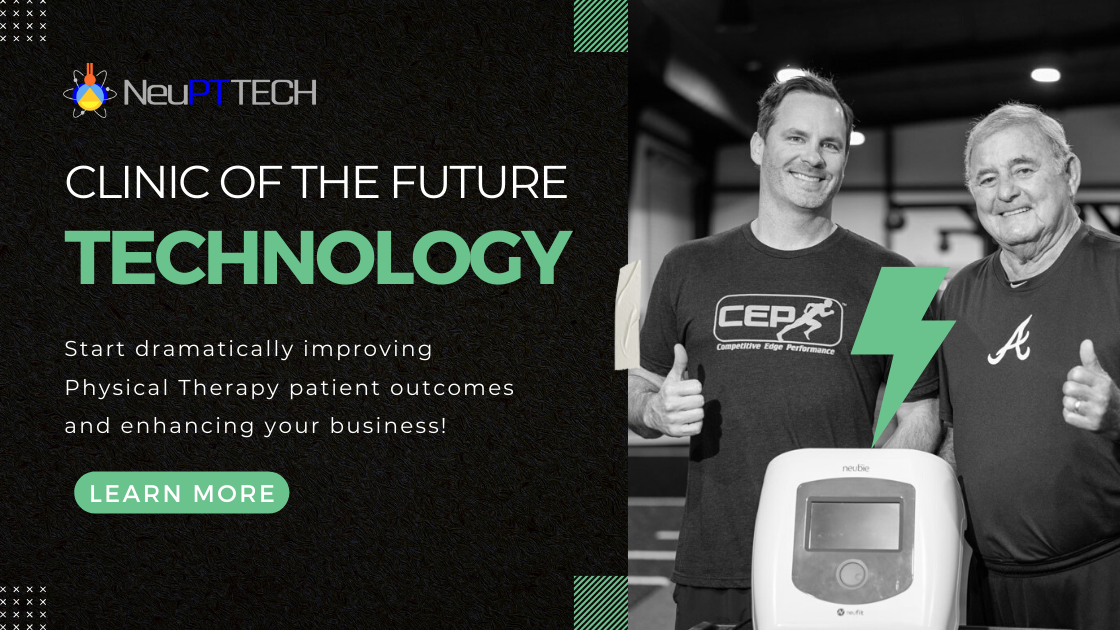

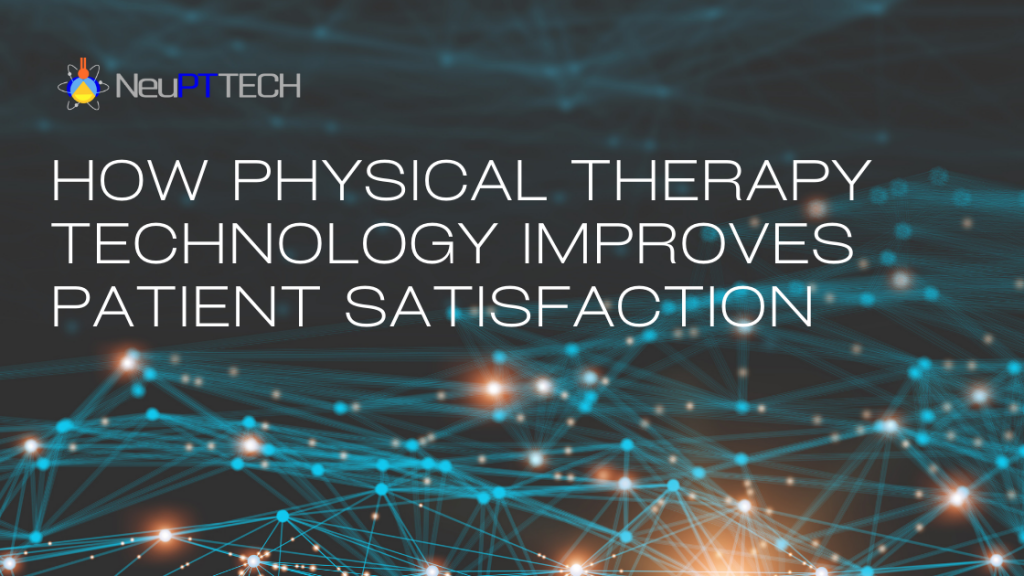 Previous Post
Previous Post Next Post
Next Post
